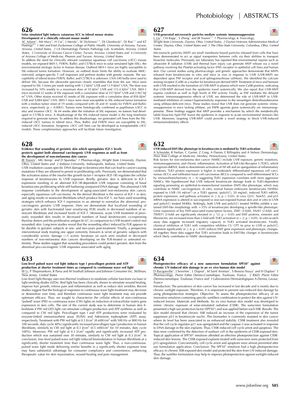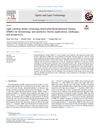Low-Level Pulsed Wave Red Light Induces Type I Procollagen Protein and ATP Production at Shorter Treatment Times Compared to Continuous Wave Red Light

TLDR Pulsed red light boosts collagen and energy in cells faster than continuous red light.
The study compared the effects of low-level pulsed wave (PW) red light to continuous wave (CW) red light on human skin fibroblasts, focusing on collagen and ATP production. It found that PW red light at 0.3 J/cm² significantly increased type I procollagen and ATP production in a similar manner to CW red light, but at a shorter treatment time. This suggests that PW red light could be more convenient and potentially more effective for skin rejuvenation, wound healing, and pain management due to better compliance and similar biological effects as CW red light.



